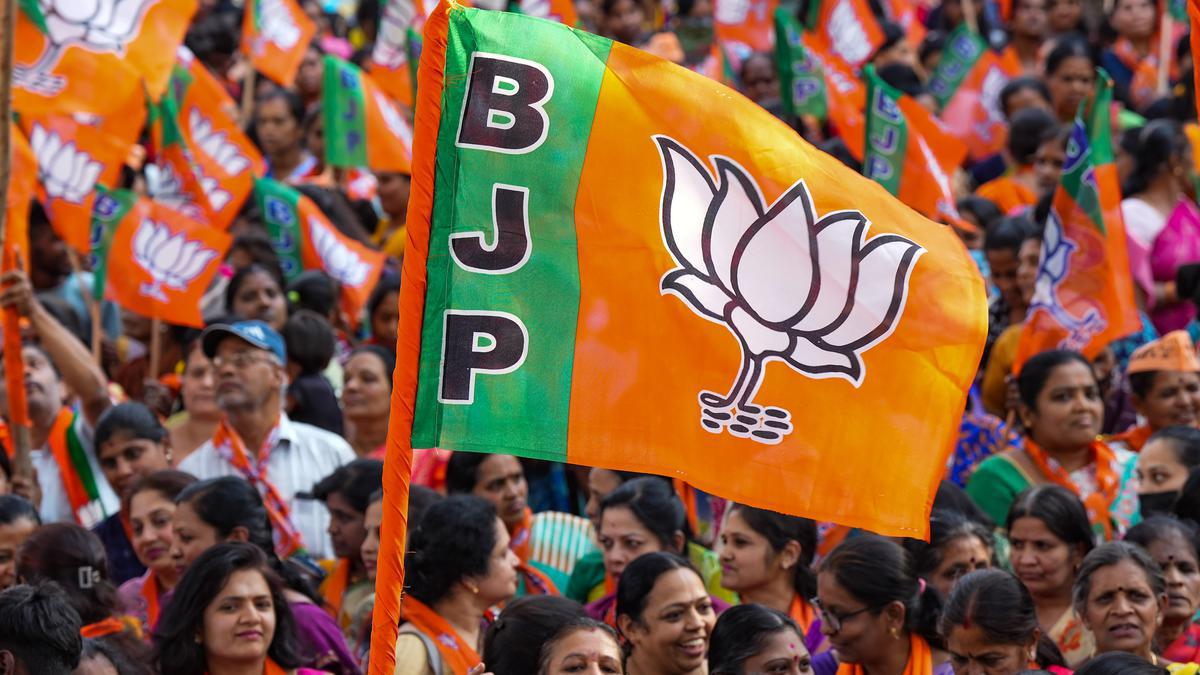
Last week saw the launch of my book, The Contenders, Who will Rule India Tomorrow. The book looks at Gen Next leaders cutting across party lines (below the age of 55) and also takes a look at the leadership paradigms in the Modi era. For if there was no Modi dominating our political landscape, it would perhaps have been business as usual, specially for the Congress, with Rahul Gandhi much close to the Prime Minister’s chair than he is currently. The one thing that Modi has done is to play the role of a disrupter. He has made dynasty a bad name, pitching the narrative of the kamdar versus the namdar. He has also brought in a decisive strong leadership that leads from the front, instead of leadership by proxy as we saw in the Sonia Gandhi-Manmohan Singh era.
But there is also one danger in such a central one man dominated leadership model. And that is the lack of a strong second rung. While both Advani and Vajpayee had groomed a second rung in the BJP (of which Modi himself is the beneficiary) this model is missing in the Modi-Amit Shah era. No one stands out in the BJPs second rung the way Modi, Arun Jaitely, Pramod Mahajan and Sushma Swaraj had emerged. They were not just powerless number twos, but powerful influencers who had a say in the political discourse of the party and to whom both Advani and Vajpayee looked to for help and even at times used as a sounding board. Short of Amit Shah perhaps, I cannot think of any second rung leader whom the PM would be using as a sounding board.
Yes, the PM and the BJP have tried to strengthen the second rung leadership by making a whole lot of cabinet ministers contest the Lok Sabha. This is to ensure that the governance rung of Modi’s next government has a strong people’s connect. But even if a majority of them win their seats, they will still not be given enough heft to contradict the Prime Minister in a cabinet meeting, the way the earlier second rung used to do in the Vajpayee government. And though given portfolios of importance it would be interesting to see which of these names gets accommodated in the Big 4 ministries – finance, external affairs, defence and home. Or will these remain with the current incumbents? For two the sitting ministers are not contesting the Lok Sabha but remain Modi favourites.
There is talk of Yogi Adityanath emerging as a strong second rung leaders with massive ground support. Of all the second rung leaders certainly both in terms of governance (being a two term CM) and a crowd-puller, Yogi has the potential to emerge as one of BJP’s future leaders. It would be intereting to see the kind of play he gets post elections, keeping the post Modi scenario in mind.
All in all, these elections are going to be interesting, not just for the immediate result but also for the impact they have on the BJps future leadership model.